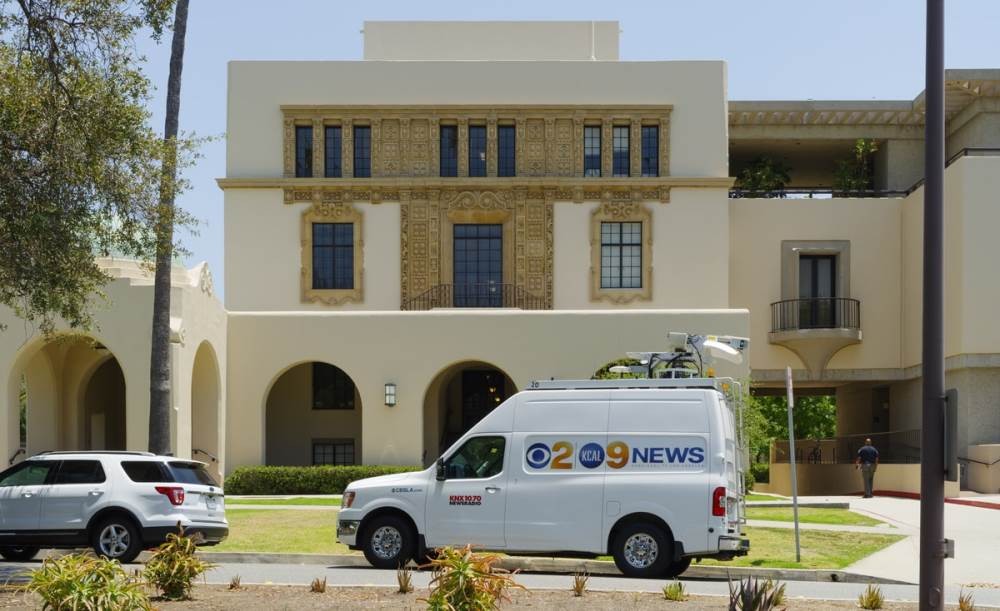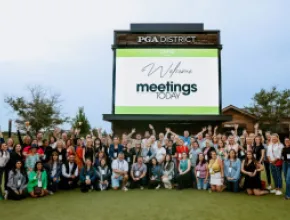On July 5, 2019, the Kern County city of Ridgecrest, California—near the Mojave Desert—was rocked by an earthquake at a 7.1 magnitude. One day before, a 6.4-magnitude earthquake was centered in the nearby Searles Valley area.
The July 4 quake was the largest to hit the Southern California region in nearly two decades, according to the Los Angeles Times. These areas are about 150 miles north of Los Angeles, which experienced shaking but no serious damage. Shaking was also felt as far away as Phoenix, Las Vegas and Mexicali, Mexico.
The earthquakes caused no fatalities or major injuries, though buildings sustained damage and many area residents lost power. And for planners, there was no long-term disruption of travel.
“LAX Airport completed their assessment of the airfield and terminals with no damage reported,” said Shant Apelian, director of corporate communications for the Los Angeles Tourism & Convention Board. “There is no structural or logistical impact to Los Angeles that would affect travelers, meetings or conventions.”
[Risk Management Resource: The Meeting & Event Risk Management Guide: How to Develop a Customized Risk Management Playbook]
The next big one is not an “if” but a “when” for the SoCal region, which is why planners need to be aware of specific steps to take to protect attendees and themselves at your next event.
3 Earthquake Safety Tips for Meeting Professionals
1. Download the ShakeAlert app.
Released at the end of 2018, the ShakeAlertLA app gives people crucial seconds of warning before an earthquake strikes. Developed in coordination with the LA mayor’s office and the United States Geological Survey (USGS), the app uses early warning technology operated by the USGS to detect quakes when they start and notify users before the shaking hits.
(UPDATE July 9, 2019: Many Los Angeles residents complained that the ShakeAlertLA app did not warn them of the two earthquakes in and near Ridgecrest. That’s because the shaking was not bad enough in Los Angeles County, the only place where the app has been implemented, according to the New York Times. In response to the complaints, the creators of the app and the city are working to lower the shaking threshold from 4.0-magnitude or more earthquakes to 3.0 or more.)
2. Have crucial information at the ready.
From the location of the nearest hospital to local emergency numbers, meeting planners should have information or resources at the ready to reduce risk and increase safety.
3. Review earthquake safety protocols.
Make sure your staff and attendees are aware of earthquake safety protocols for during and after an earthquake, including:
- Duck, cover and hold in place under a desk, table or other sturdy object, or stand in an interior doorway and brace yourself again the frame
- Face away from windows
- Stay inside, and do no evacuate unless directed to do so
- Prepare for aftershocks
- Do not turn on or off any electrical equipment or lighting
The city of Los Angeles continues to take extreme precautions when it comes to earthquakes and the havoc they wreak.
A Resilient Los Angeles
There are more than 30 known earthquake faults below the city of Los Angeles, according to Resilient Los Angeles, the city’s resilience strategy released in 2018. This is why the city continues to underscore the importance of earthquake preparedness.
The report also says that LA faces the fourth greatest risk of catastrophic loss resulting from an earthquake of any city in the world—behind Tokyo, Jakarta and Manila.
New builds in LA must follow strict building codes that allow the building to withstand seismic forces during an earthquake.
In October 2015, LA’s mayor signed an ordinance that requires the city’s most vulnerable buildings (built before 1980) to be retrofitted to better withstand shaking.
If you’re planning or considering a meeting in the area, ensure you’re creating the safest event possible by learning about and implementing earthquake preparations.
[Read This Next: A Risk Management Checklist to Help Avoid Disaster]







